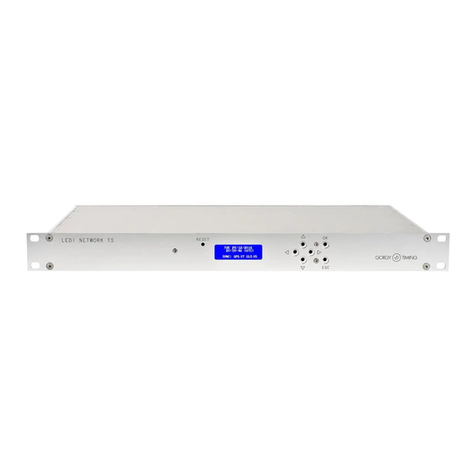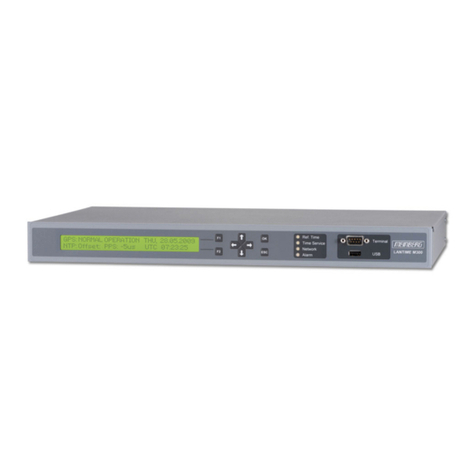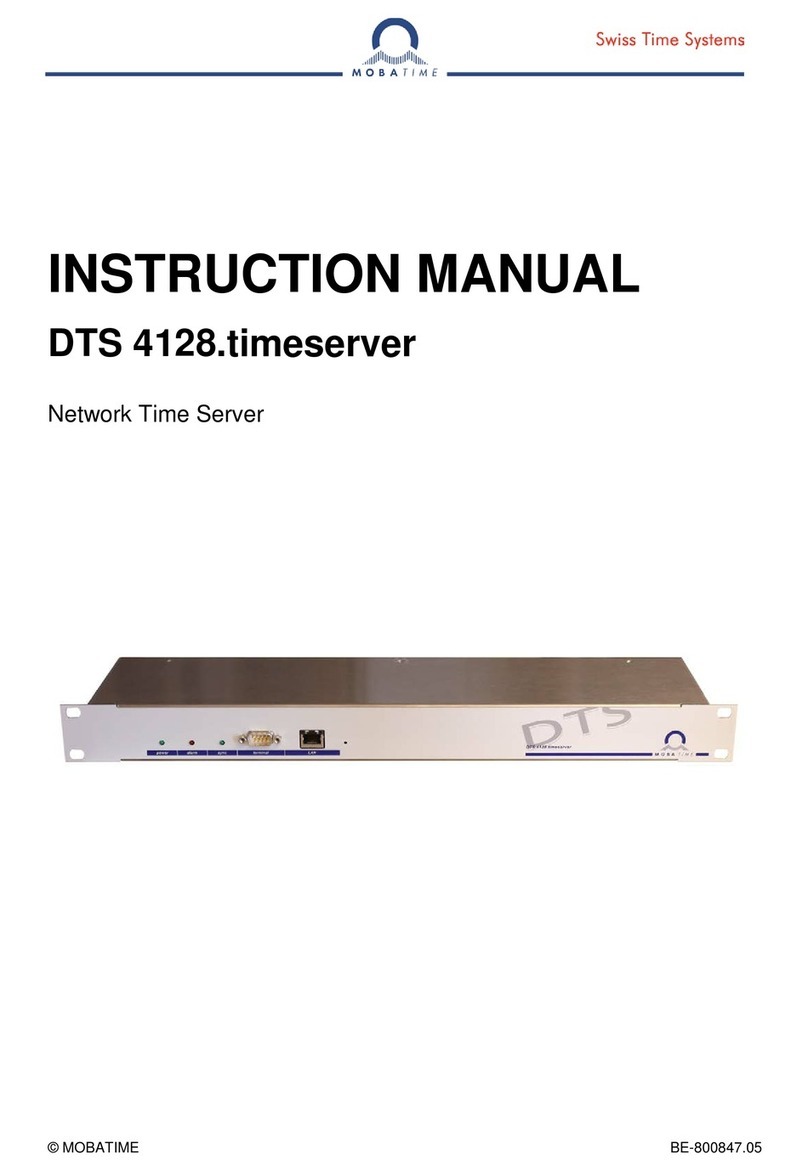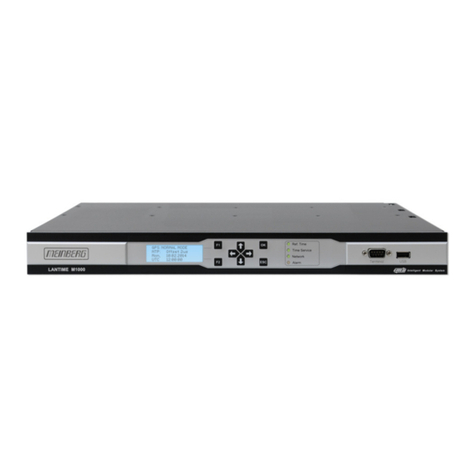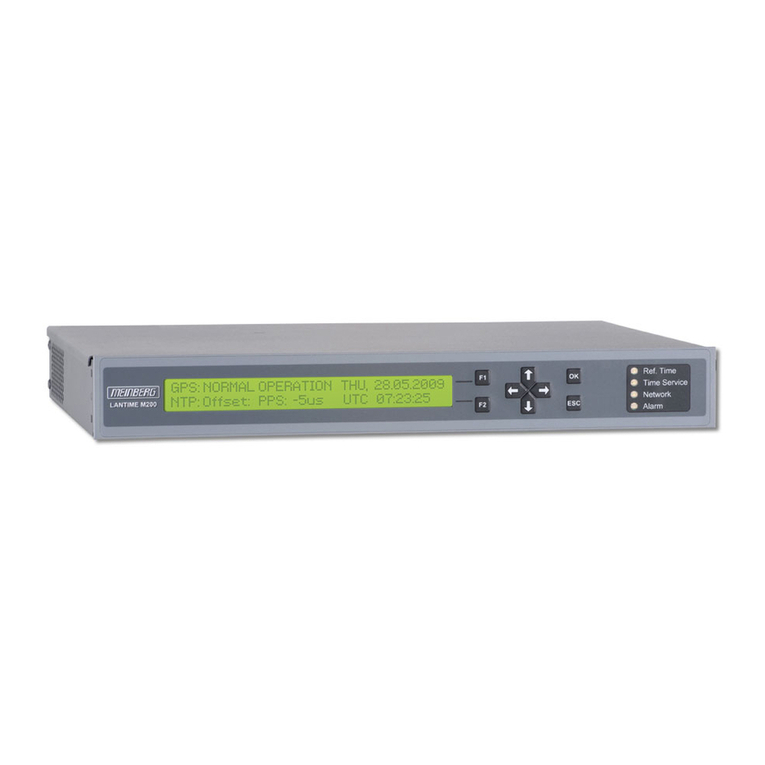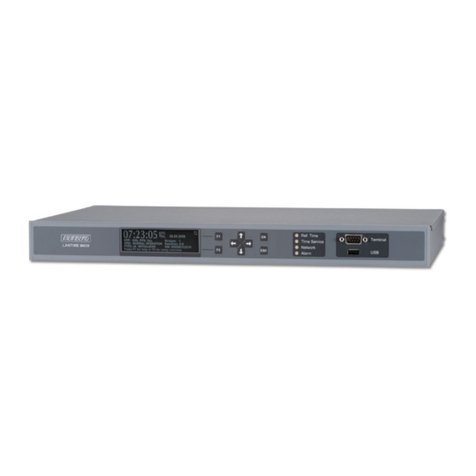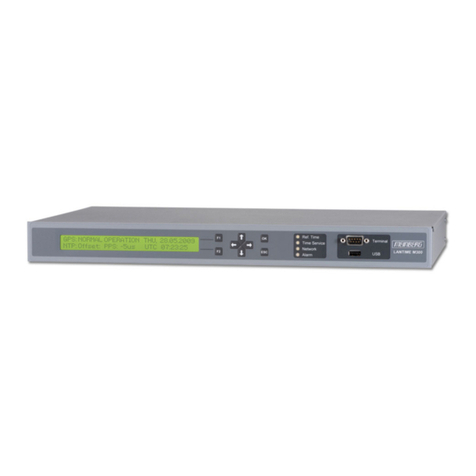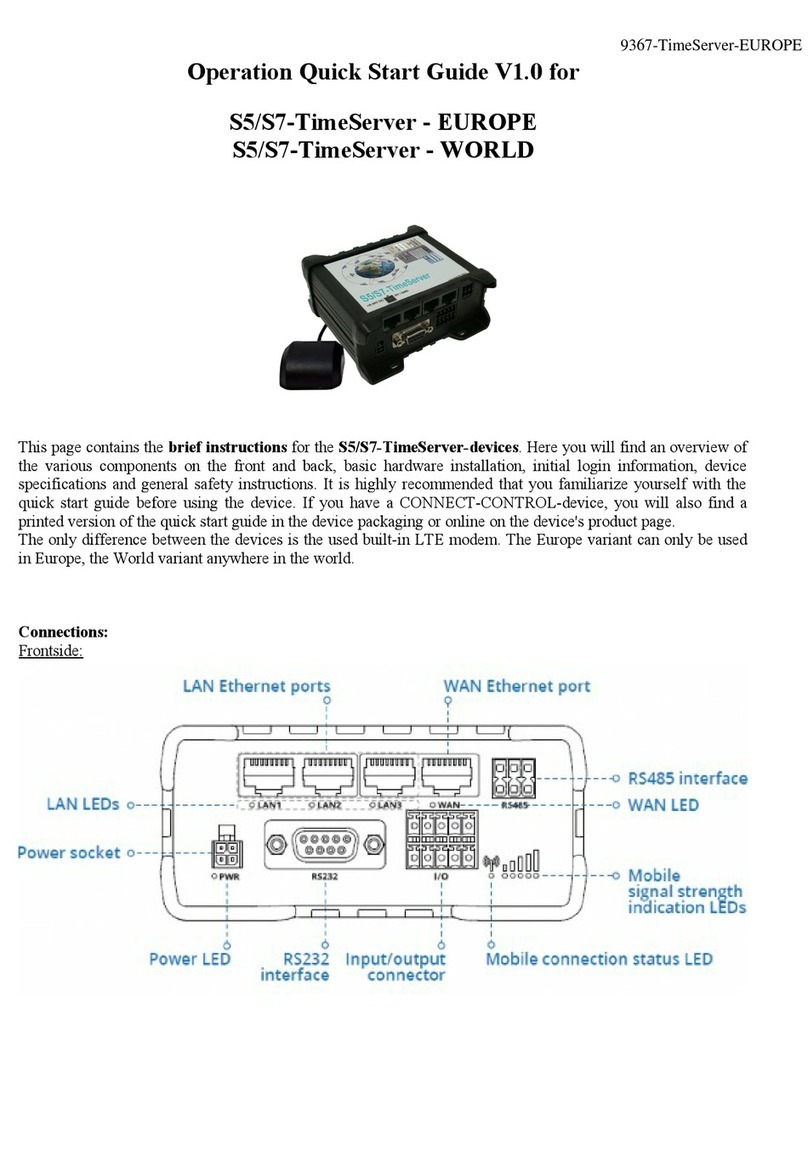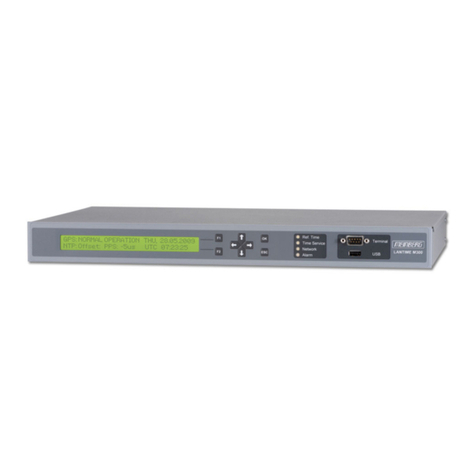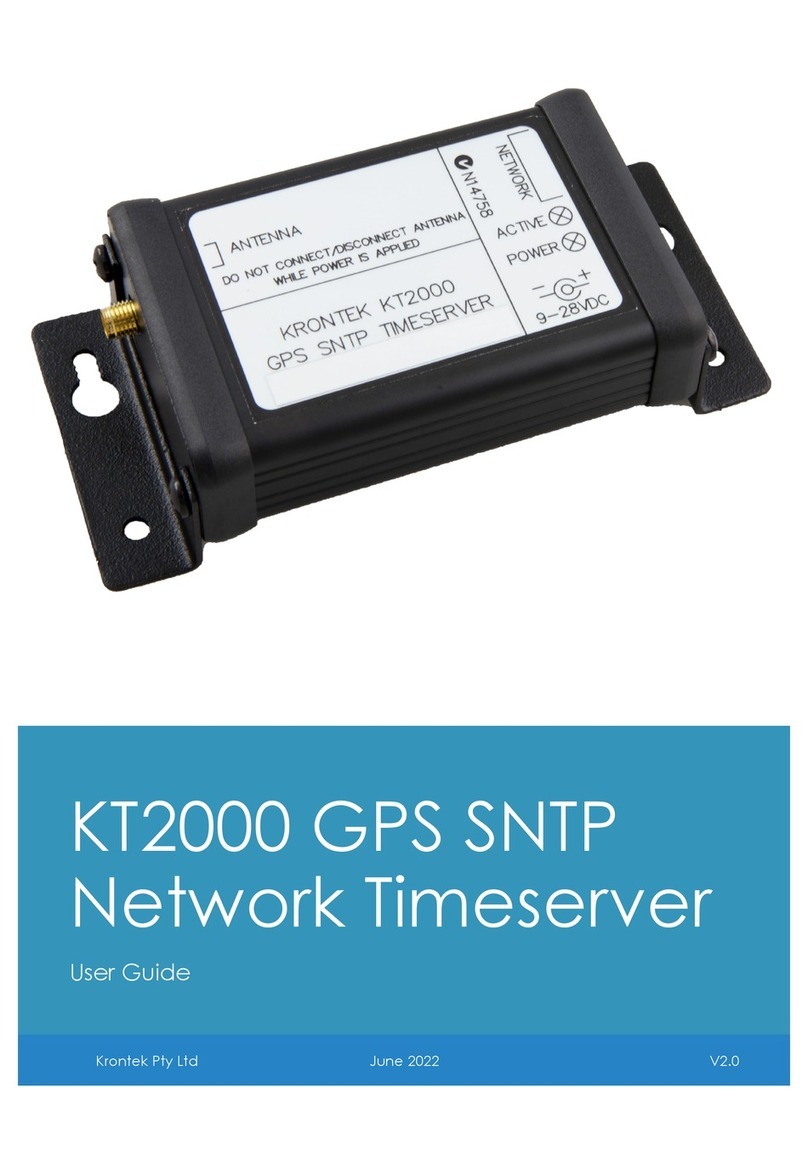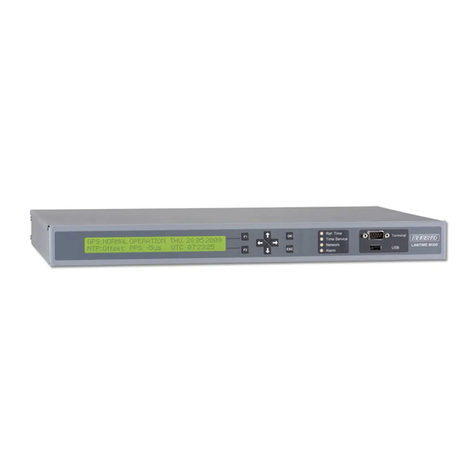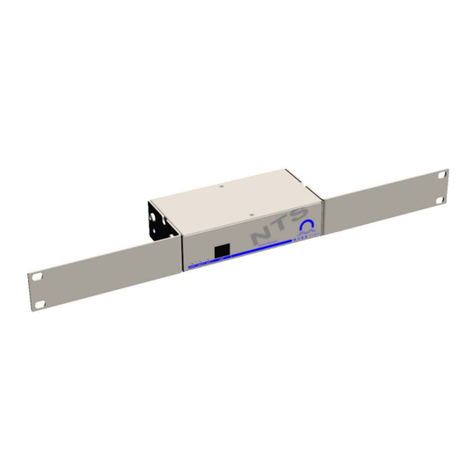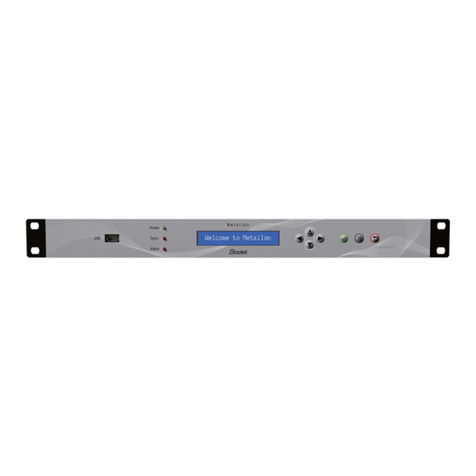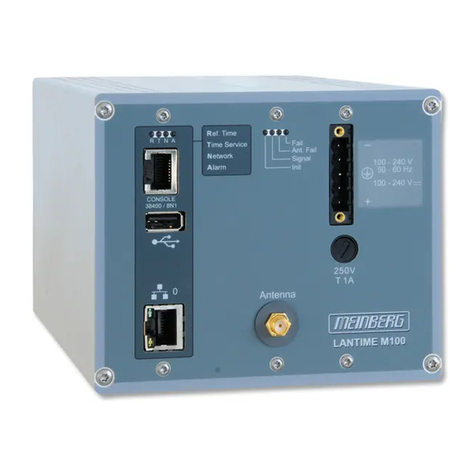
5
2) Safety rules
• Maintenance of this equipment must be carried out by qualied
personnel.
• If the SIGMA is connected to the 230 V mains power supply, its installation
must comply with the European standard IEC 364 (NFC 15.100 for France).
PROTECTIONS :
• 110-230V version: the mains supply for this device must include a neutral
phase circuit breaker of maximum 6 A C curve, rapidly accessible upstream
from the supply.
• 24V DC version: the SELV 24 V power supply for this device must include a
protection of maximum 6 A.
• 36-72V DC version: the SELV 36-72 V power supply (according to NFC 15-
100) for this device must include a protection of maximum 6 A.
• The circuit breaker must be switched off during maintenance operation.
Refer to labels in the product.
• All cables must be attached either to the wall (wall-mounted version) or
to the frame of the cabinet (Rack version) before being connected to the
various terminals strips, to prevent any pulling on these terminal strips. In
addition, the wires of each terminal strips must be attached to each other to
maintain the various isolations if an initial fault occurs.
• The time distribution cables must not run alongside high power mains
cables (to avoid interference with communication between the SIGMA and
the clocks).
• The SIGMA must be attached (to the wall or on its support) before being
switched on.
• “Rack” models must be mounted in a slide-in unit for 19” cabinets or racks.
These components will provide mechanical, electrical and re protection
(only the front panel may remain accessible).
